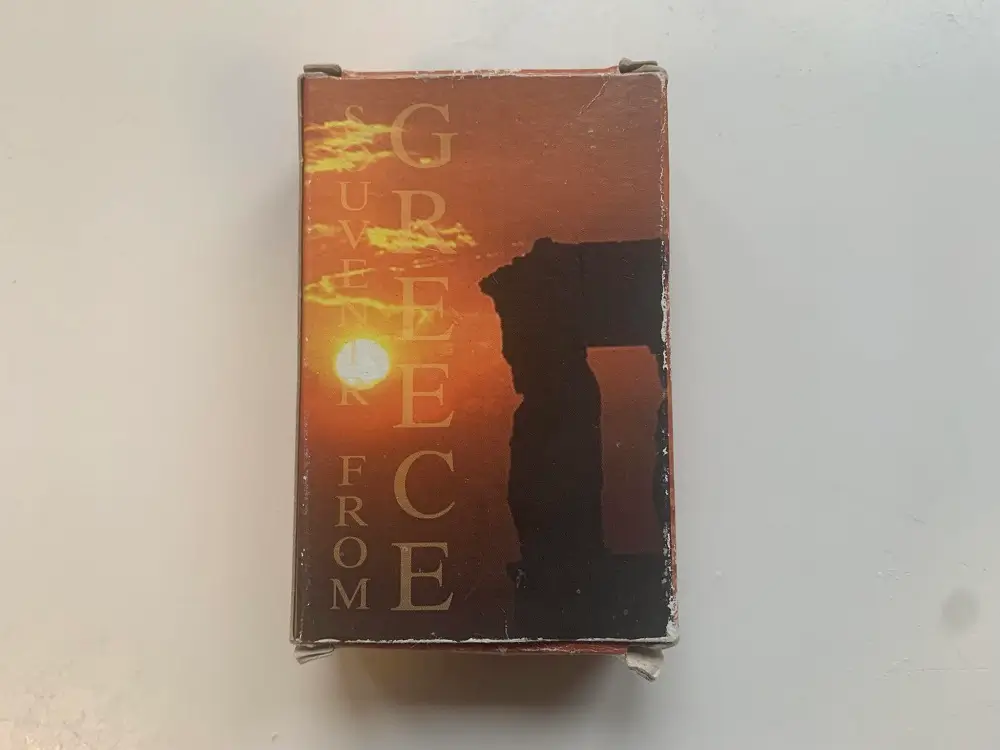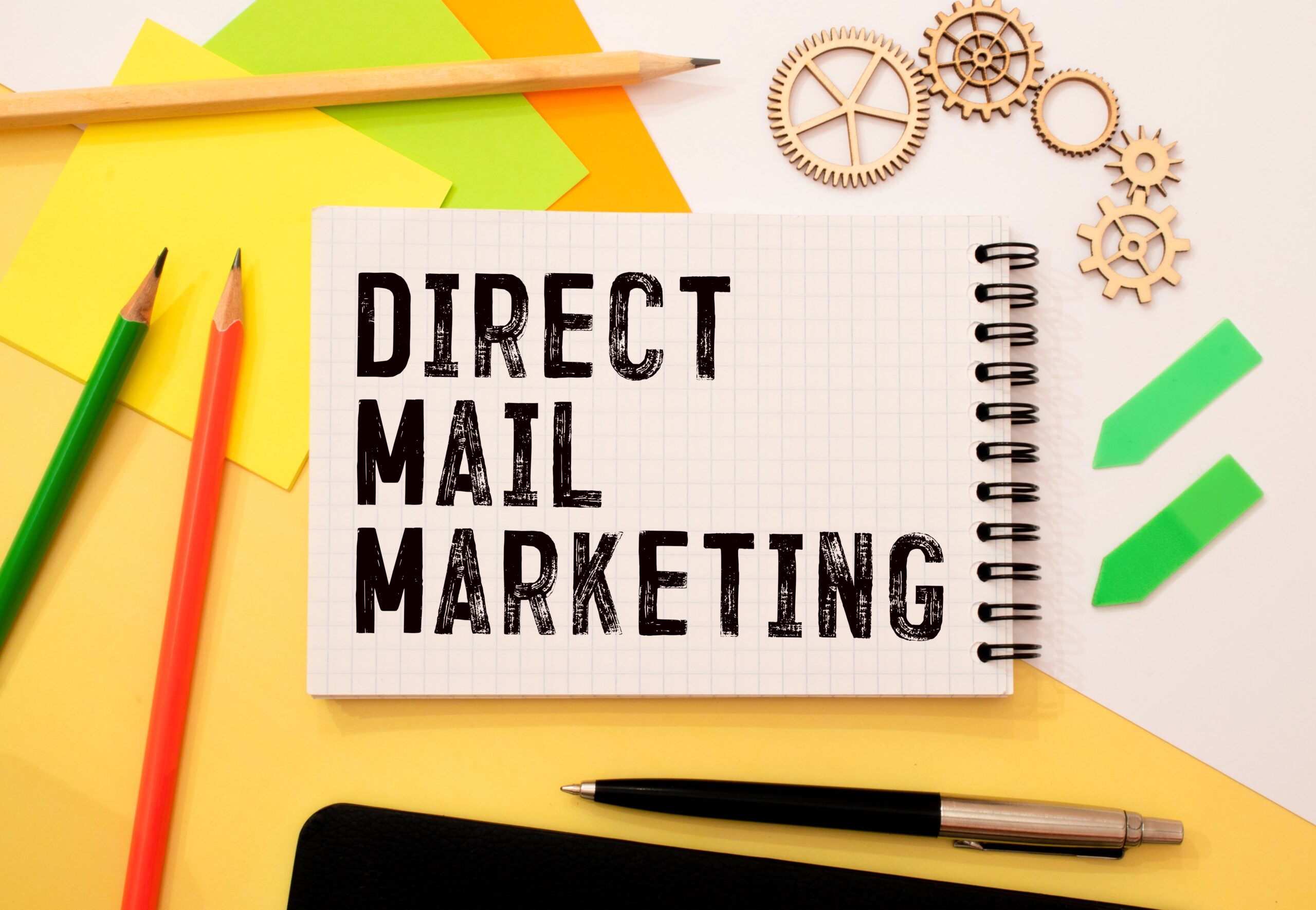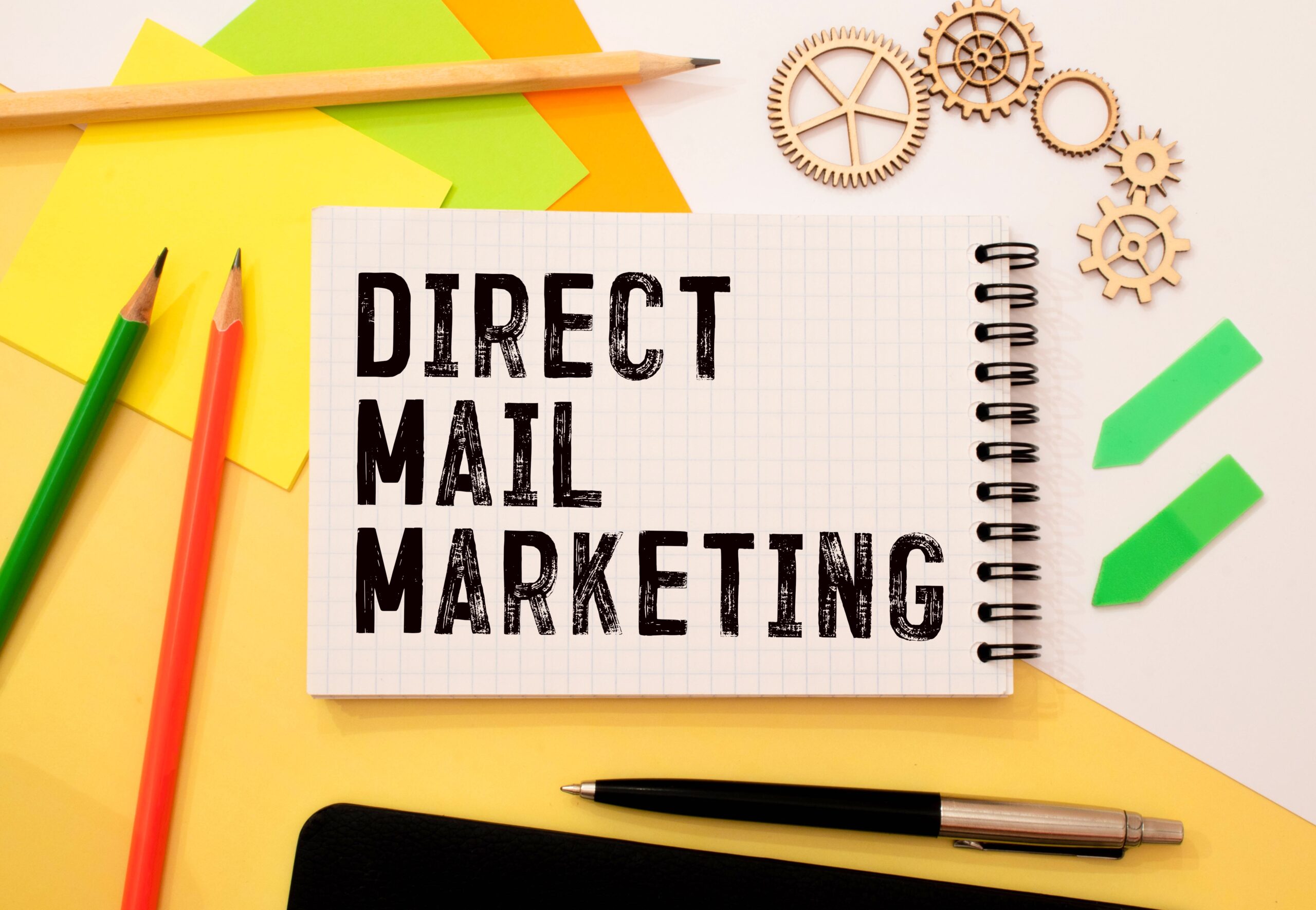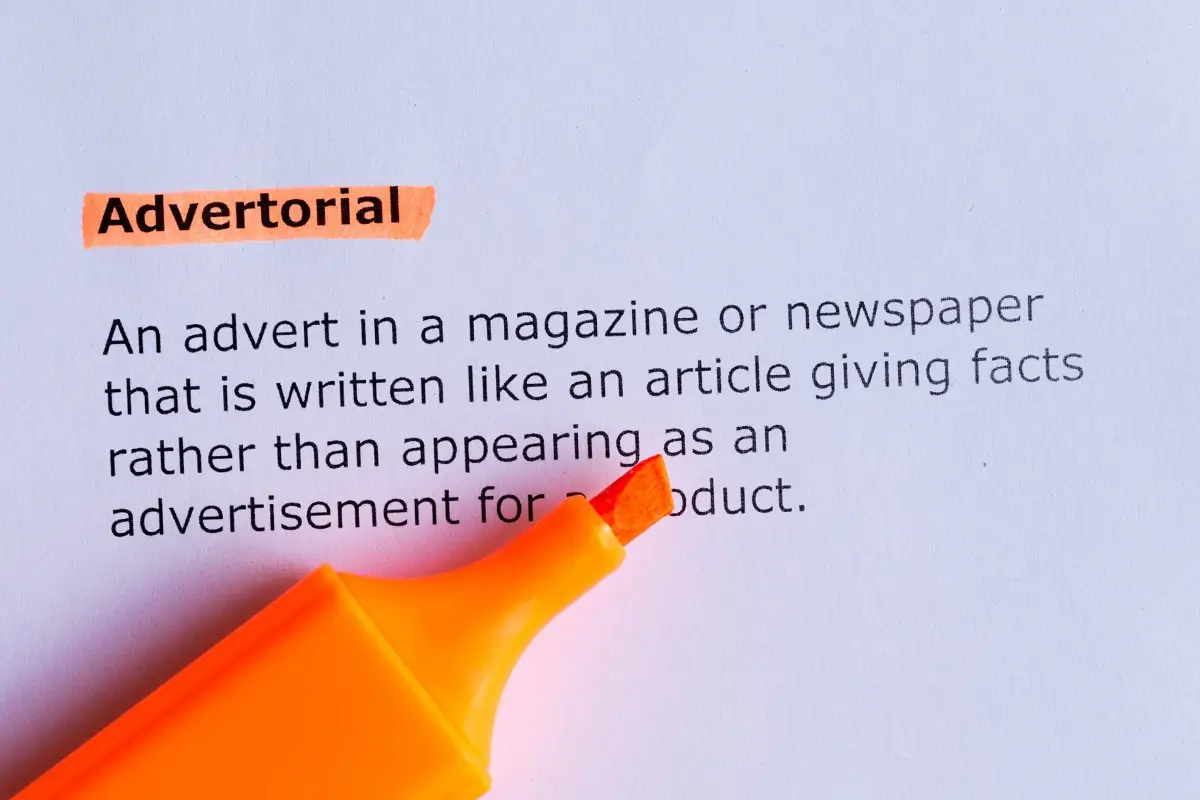
I recently stumbled upon a souvenir that my aunt brought me from one of her vacations in Greece. It’s a rectangular bar of green soap neatly packaged in a simple paper box. She picked it up at a quaint shop one morning on her way back from the beach, near the hotel where she was staying with her friends. An image of either a sunset or sunrise against the backdrop of ancient ruins is featured on the packaging, accompanied by the words “Souvenir from GREECE” in prominent lettering.
On one side there’s marketing copy in Spanish, French and German, while the other side displays text in Russian followed by a message in English that says, “OLIVE OIL SOAP, IS NATURAL PRODUCT WHICH CAN BE USED FOR CLEANING FACE HAIR AND BODY.”
Is any of this well written? No.
Does it seem as if the soap makers poured their hearts and brains into crafting an eye-catching design? It doesn’t.
Did they employ native speakers to sprinkle some linguistic magic on the marketing copy? I’m pretty sure that they didn’t, and it shows.
Does any of this make a dent in their bottom line? Probably not.
Low margin products? Marketing copy can take a back seat
I can’t say for sure why the creators of this soap overlooked marketing copy in their strategy (they obviously didn’t even use an AI content writer). But I’m ready to make a few educated guesses. They cater to a tourist-heavy market, and bank on the allure of the destination rather than fancy packaging or good storytelling techniques. They probably have no plans for a soap empire takeover and to outshine giants like Procter & Gamble, Unilever and Colgate-Palmolive. For this reason, I’m going to bet that they chose to allocate the bulk of their resources primarily to product development rather than marketing copy.
Tourists, after all, make reliable customers – they have immediate needs for goods and services, especially essentials like soap, considering they’re away from home for an extended period. They also have limited options and equally limited knowledge of local shops or brands, which leads them to rely on easily accessible products. Tourists tend to prioritize convenience and opt to purchase stuff from nearby vendors to avoid distractions from their leisure activities. Thoughtfully crafted marketing copy is likely not a priority for them. They’re on a limited schedule during their travels, so they’re more likely to indulge in quick purchases rather than extensive comparison shopping. Tourists are also likely to make impulse buys for items that capture the essence of their travel experience, such as locally made soap.
Vacationers, like my aunt and her friends, form a steady stream of dependable shoppers for a small-scale soap manufacturing operation that possibly employs only a handful of workers. But why am I delving into this level of detail in a blog about tech marketing? Because for a small-scale soap manufacturing operation in Greece, the quality of its marketing copy may not carry much weight. Regardless of its grammatical omissions, customers are likely to keep buying the soap. Tech firms, on the other hand, can’t afford to overlook the importance of well-crafted sales copy.
Why tech firms can’t ignore good storytelling
Tech marketing copy needs to be not only grammatically flawless but also persuasive, engaging and reflective of the company’s brand communications. Here’s why marketing materials for software companies have to be spot on:
Software services aren’t essential products
They’re tools or conveniences that enhance productivity or communication but are not vital for survival. This means that buyers are more selective and discerning when deciding which software products to purchase. It also means that tech firms need to showcase the value and utility of their products and compelling marketing copy can make all the difference.
Customers are bombarded by a flood of software vendors
There are more than 18,000 independent software providers in US alone, according to Statista. This is why tech firms’ marketing copy needs to pack a punch, cut the jargon and rise above the noise to grab customers by the collar. It must leave a lasting impression while highlighting their unique selling points, conveying value clearly and compelling action without much hesitation. Which leads me to my next point.
Tech firms have a long window of opportunity to reel customers in
It’s a marathon, not a sprint – the selection process for software vendors can take anywhere from a few weeks to several months. The length of an average B2B sales cycle is 30-60 days; but 75% of B2B firms report that it often takes a minimum of four months to secure a new customer. To shepherd customers throughout the decision-making process, tech firms must constantly reinforce the idea that their solution is the best fit for the customer’s needs. This includes addressing any objections or doubts along the way. It’s best done by offering demos, trials and case studies to showcase real-world applications and success stories. Ultimately, compelling marketing copy is crucial for hammering home your message and ensuring your brand stays front and center during this lengthy journey.
Functionality & compatibility are key for software customers
Tech firms have to craft snappy descriptions of their features and emphasize their ability for seamless integration with other systems. Sometimes, this entails diving deeper into technical specifications to address pain points and illustrate how their solution outperforms competitors in real-world scenarios. It also requires highlighting scalability and future-proofing measures that can reassure customers of the software’s long-term value and adaptability.
Procuring software is not a quick or impulse purchase
In most cases, buying solutions from software vendors isn’t governed by a set timetable unless dictated by specific business needs, urgent scenarios or regulatory requirements. This process takes time, making it hard to make an impulse software purchase. Customers typically engage in extensive research, sifting through tons of marketing copy and countless reviews to compare their options before deciding to invest in software. Moreover, the challenge of integrating new software into current systems highlights the critical need for careful planning and foresight.
There’s no dependable stream of customers
Customer acquisition is no casual affair. It’s a strategic maneuver that helps companies adapt to ever-shifting market terrains and customer needs. Tech firms can’t afford to be complacent in a disruptive landscape where boasting an ironclad deluge of clients is not attainable. Their communications marketing needs to be bold enough to make a real impression and spark engagement.
Conclusion: Polished sales copy is non-negotiable for software success
Let’s wrap this up with a reality check: in some industries, companies might skate by without breaking a sweat on their marcomms game – or even rely on AI-generated drivel. Take that souvenir soap from Greece. It will likely continue flying off the shelves fueled by holiday vibes and tourist whims without requiring any effective sales copy. For IT firms and software vendors marketing is a whole different level of intensity. They simply can’t afford to play it cool.
In the fast-paced software arena, where innovation is currency and competition can be unforgiving, your communications marketing efforts can make a big difference. Good storytelling can capture customers’ interest, while poor sales copy can lose their attention to a competitor. Tech marketing is less about selling a product, it’s about equipping clients with the tools they need to conquer their digital realms with unmatched enthusiasm. So you better believe polished marketing copy isn’t just a nicety – it’s an absolute must-have.
What do you think? I’d love to hear your thoughts on the importance of marketing copy in tech marketing by sharing your insights in the comments below. And if you found this post helpful, don’t forget to subscribe for more tips and strategies to elevate your content game!







